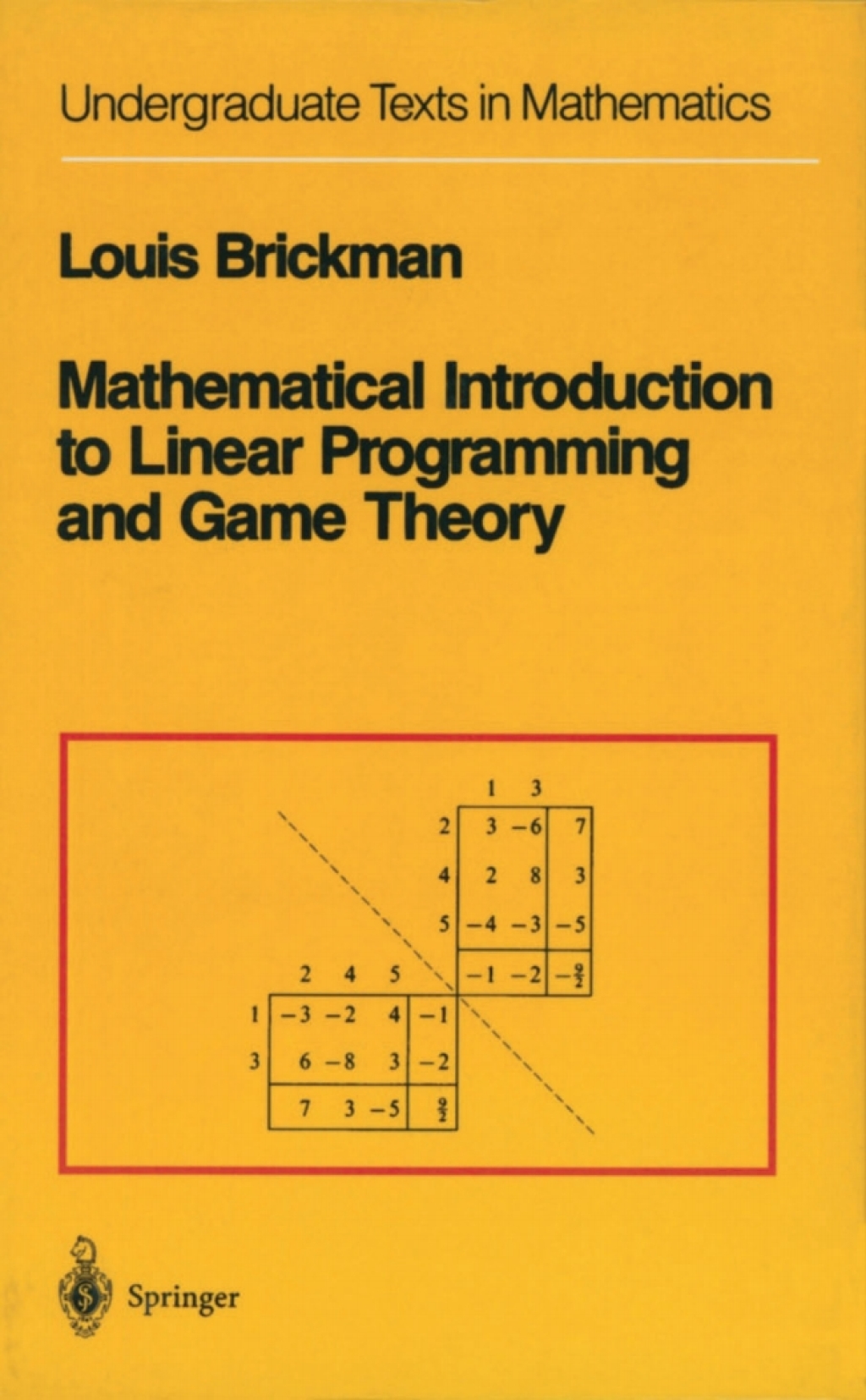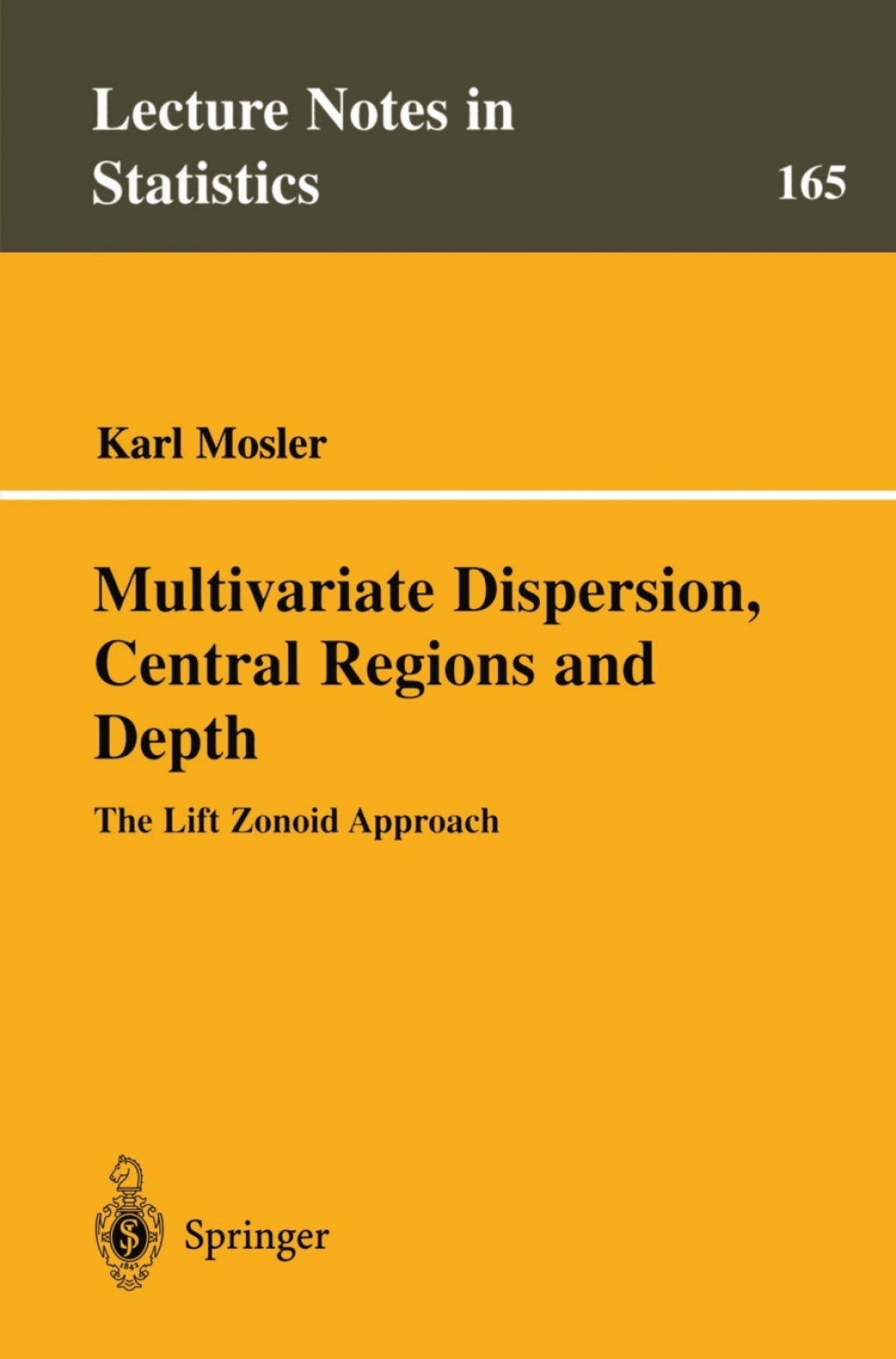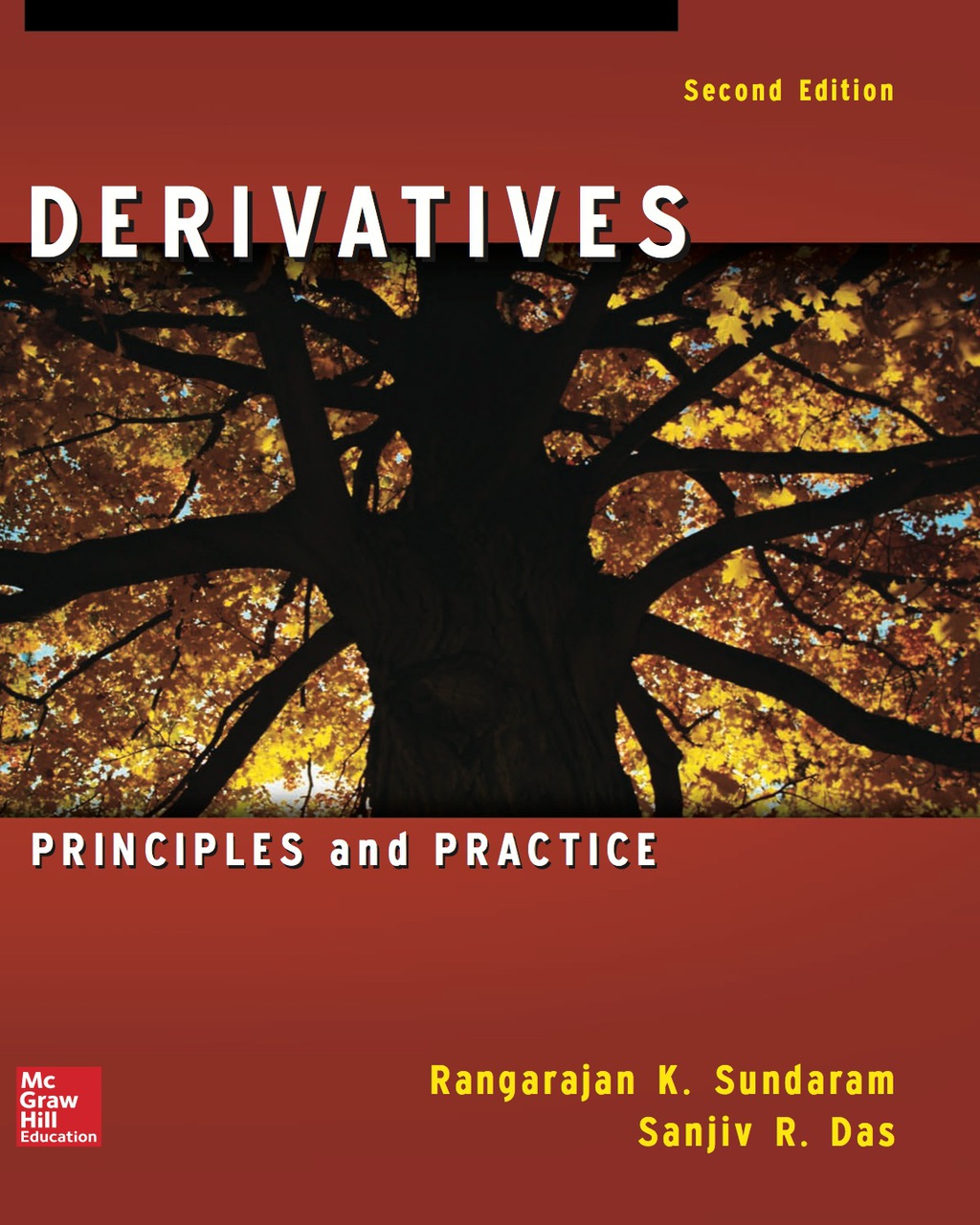Description
This book introduces a new representation of probability measures, the lift zonoid representation, and demonstrates its usefulness in statistical applica­tions. The material divides into nine chapters. Chapter 1 exhibits the main idea of the lift zonoid representation and surveys the principal results of later chap­ters without proofs. Chapter 2 provides a thorough investigation into the theory of the lift zonoid. All principal properties of the lift zonoid are col­lected here for later reference. The remaining chapters present applications of the lift zonoid approach to various fields of multivariate analysis. Chap­ter 3 introduces a family of central regions, the zonoid trimmed regions, by which a distribution is characterized. Its sample version proves to be useful in describing data. Chapter 4 is devoted to a new notion of data depth, zonoid depth, which has applications in data analysis as well as in inference. In Chapter 5 nonparametric multivariate tests for location and scale are in­vestigated; their test statistics are based on notions of data depth, including the zonoid depth. Chapter 6 introduces the depth of a hyperplane and tests which are built on it. Chapter 7 is about volume statistics, the volume of the lift zonoid and the volumes of zonoid trimmed regions; they serve as multivariate measures of dispersion and dependency. Chapter 8 treats the lift zonoid order, which is a stochastic order to compare distributions for their dispersion, and also indices and related orderings.










